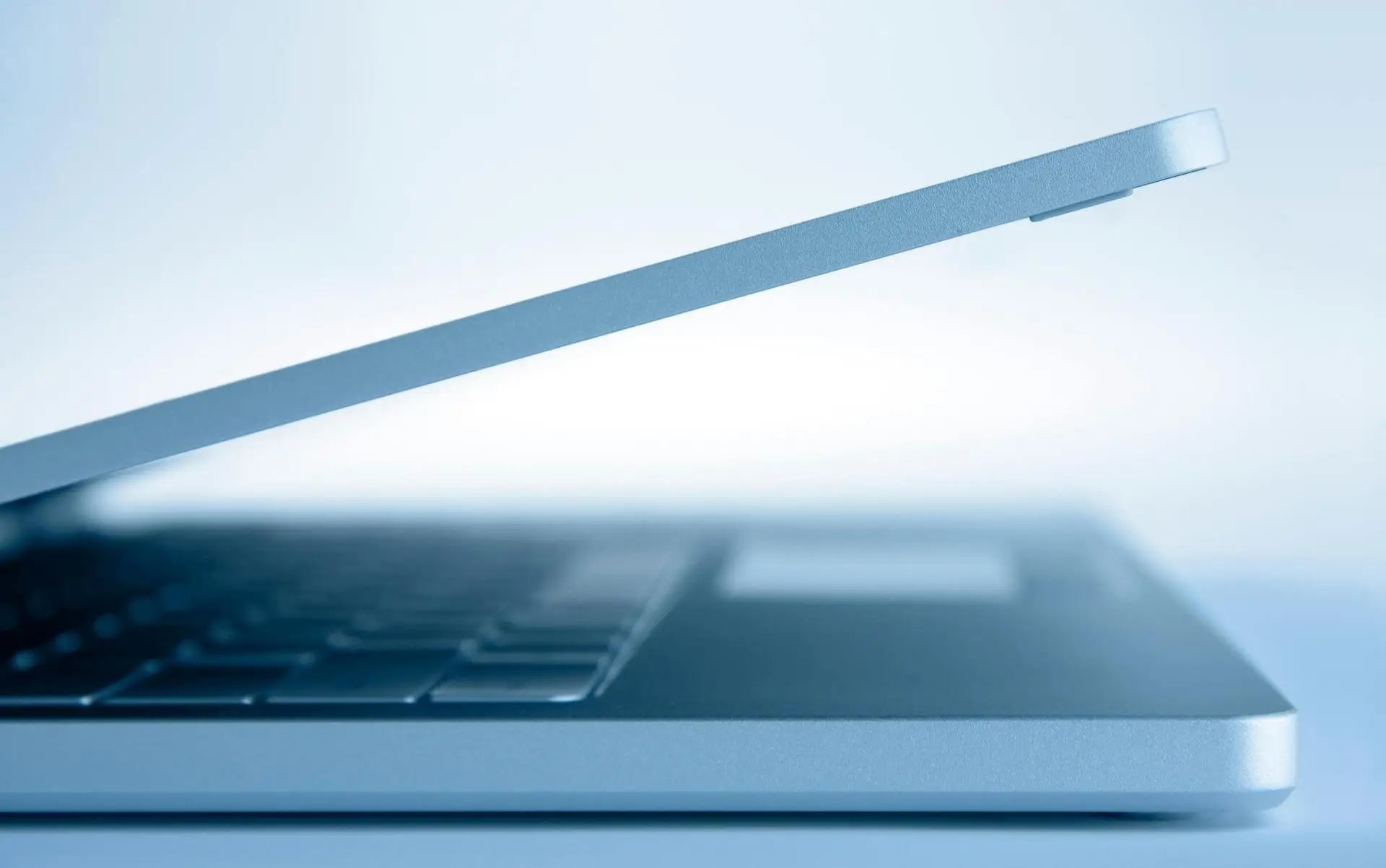The Hidden Tech Behind Urban Trees - Smart Nature in Cities
The Digital Forest Revolution
Urban trees are becoming sophisticated technological hubs, equipped with sensors, data collection systems, and smart monitoring capabilities that transform traditional city landscapes into intelligent green infrastructure. This merger of nature and technology represents a significant advancement in urban environmental management and sustainability efforts.
Smart Sensors: The Eyes and Ears of Urban Trees
Monitoring Vital Signs
Modern urban trees are equipped with an array of sophisticated sensors that continuously monitor various environmental and biological parameters. These include:
- Soil moisture levels
- Nutrient content
- Air quality indicators
- Temperature variations
- Root system health
IoT Integration in Urban Forestry
Connected Canopy Networks
The Internet of Trees (IoT) creates interconnected networks of urban trees that communicate valuable data to city planners and environmental scientists. This system enables:
- Real-time health monitoring
- Predictive maintenance
- Resource optimization
- Environmental impact assessment
- Climate change adaptation strategies
AI-Powered Growth Management
Intelligent Care Systems
Artificial intelligence algorithms analyze data from urban trees to optimize their care and maintenance. These systems can:
- Predict water needs
- Identify disease risks
- Optimize pruning schedules
- Monitor growth patterns
- Alert to environmental stresses
Smart Water Management
Precision Irrigation Technology
Advanced irrigation systems use real-time data to deliver precise amounts of water to urban trees, reducing waste and improving efficiency. Key features include:
- Automated watering schedules
- Weather-responsive adjustments
- Soil moisture monitoring
- Water usage optimization
- Leak detection systems
Environmental Impact Tracking
Measuring Nature's Benefits
Smart urban trees now quantify their environmental contributions through advanced monitoring systems. These measurements include:
- Carbon sequestration rates
- Air pollution reduction
- Temperature regulation effects
- Stormwater management
- Biodiversity support
Urban Heat Island Mitigation
Temperature Control Technology
Smart tree systems actively monitor and help manage urban heat islands through strategic placement and care optimization. Benefits include:
- Temperature reduction mapping
- Shade optimization
- Energy savings calculations
- Microclimate management
- Thermal comfort improvement
Citizen Science Integration
Public Engagement Platforms
Modern urban tree technology incorporates citizen engagement through mobile apps and online platforms. These systems enable:
- Tree health reporting
- Community monitoring
- Educational outreach
- Maintenance requests
- Environmental awareness
Data-Driven Urban Planning
Strategic Green Infrastructure
Smart tree technology provides crucial data for urban planning decisions, helping cities optimize their green infrastructure. This includes:
- Location optimization
- Species selection
- Growth projections
- Resource allocation
- Impact assessment
Emergency Response Systems
Proactive Risk Management
Advanced monitoring systems help identify and prevent potential hazards related to urban trees. Key features include:
- Storm damage prediction
- Structural weakness detection
- Fall risk assessment
- Emergency response coordination
- Public safety alerts
The Future of Urban Forestry
As technology continues to evolve, urban trees are becoming increasingly sophisticated components of smart city infrastructure, combining natural benefits with digital innovation. This integration of nature and technology promises to create more resilient, sustainable, and livable urban environments for future generations..."









